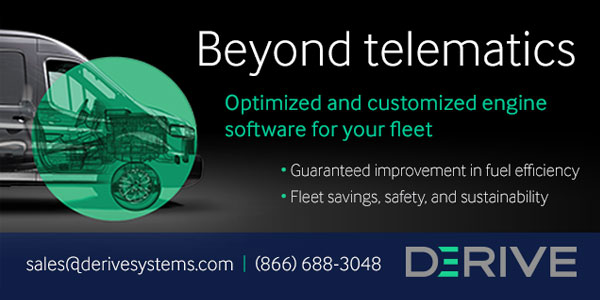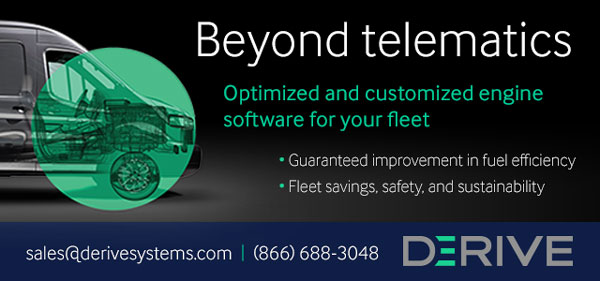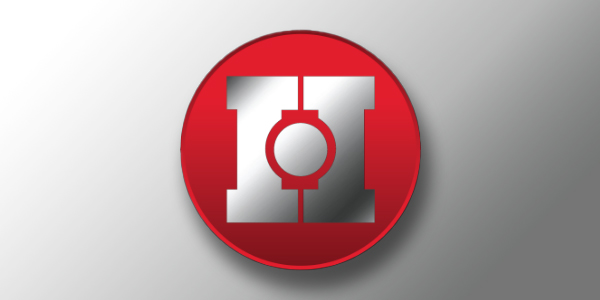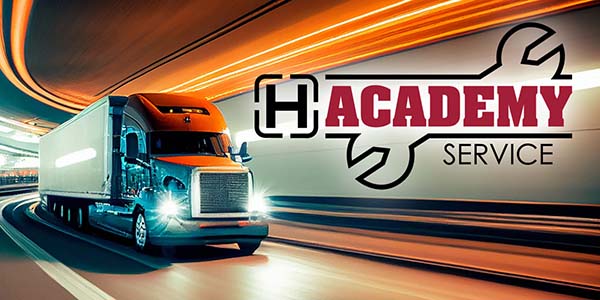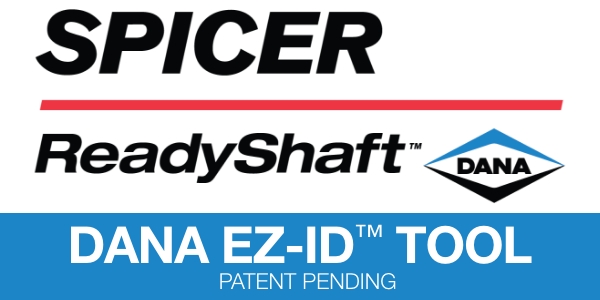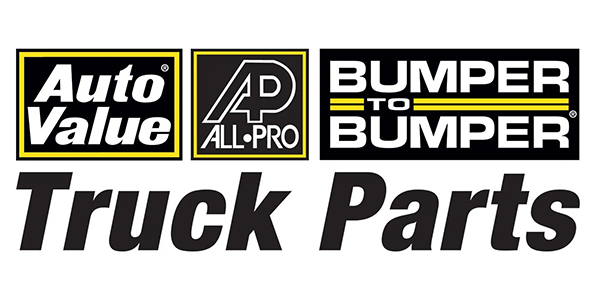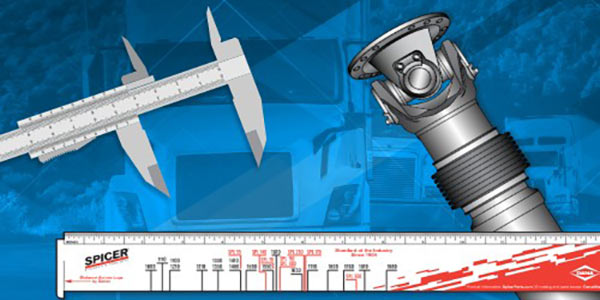Today, fleet managers can take advantage of immense quantities of vehicle data to improve operational performance end-to-end. Previous methods of tracking a few metrics manually have been replaced with advanced telematics technology, built to go beyond traditional dashboard metrics.
Now, performance and vehicle information including fuel use, vehicle maintenance warnings, GPS tracking, and speed are available and easily accessible. As a result, fleet departments within a variety of industries as well as public service departments are transitioning to more modern, digitally-driven approaches to manage fleets and ideally improve fleet performance.
With even more data accessible and a multitude of data tracking vendors to choose from, it is imperative for fleet managers to intelligently assess the true ROI of today’s telematics solutions. Understanding with the fleet’s challenges and how data tracking and analysis can help is step one in determining the benefit of telematics solutions.
Determining the Areas of Focus for Telematics
With access to real-time driver activity and location, fleet managers are now able to proactively optimize vehicle logistics. Additionally, fleet managers can now retrieve insights on fuel usage so that they can ensure fuel costs are in line with expectations and possibly reduce future costs by mitigating any unfavorable trends. Though reducing costs and improving fleet performance is no new challenge for fleet managers, there are additional factors of operations to monitor and tend to such as fleet safety and vehicle sustainability. When broken down into pillars, there are three main areas fleet managers need to focus on with telematics insights:
- Fleet Operations: Reduce miles traveled and increase MPGs. Reduce time for mileage reporting and receive preventative maintenance alerts relating to recalls.
- Fleet Safety: Minimize or mitigate unsafe driving, including harsh acceleration, harsh braking, harsh cornering, speeding and improper routing for the vehicle.
- Fleet Sustainability: Extending the life of vehicles through proper and proactive maintenance, as well as monitoring and reducing emissions.
Today’s telematics solutions streamline the collection and analysis of data that help fleet managers generate insights and improvements in their fleets. However, fleet managers will need to address the information to action gap between the telematics solution itself and the vehicle or driver. This gap can prevents fleet managers from experiencing critical and cost-savings operational improvements and has led to the emergence of new technologies for fleet management.
Beyond Telematics and the Advancement of Fleet Management
By utilizing existing and advanced telematics technology, new fleet management solutions have developed and are available in market. What once required analysis and then action to receive results, can now happen automatically with enhanced fleet management solutions. In addition to tracking performance and providing outputs of data, fleets can now experience instantaneous vehicle optimizations with the emergence of enhanced solutions that shift the responsibility from the driver to the vehicle.
Enhanced fleet management solutions go beyond traditional telematics to solve some of the toughest challenges fleet managers face related to productivity, safety and vehicle performance. These solutions can help fleet managers in their day-to-day operations management and prevent future misfortunes from occurring.
Capabilities of enhanced fleet management solution include:
- Optimized idle RPM profiles: reduce the idle RPM for specific fleet use cases – to reduce fuel consumption without compromising performance
- Manager-defined idle shutoff: after a specified period of time, the vehicle automatically shuts off to conserve gas and reduce emissions.
- Seatbelt-dependent start: the vehicle’s ignition won’t start until the driver’s seatbelt is fastened to reduce accident costs
- Driver-vehicle pairing: drivers pair themselves to the vehicle through their smartphones and the connected vehicle interface to manage shift time and off-hours use
- Distracted driving prevention: the driver’s phone is restricted to only manager-permitted apps, like routing to minimize and possibly eliminate distracted driving
Closing the information to action gap with enhanced fleet management solutions can positively impact fleet operating costs, prevent vehicle accidents associated with driver behavior and increase the lifecycle of the fleet vehicle. These benefits not only provide fleet managers with something more to consider within the fleet management solution market but are leading the way to safer and more sustainable fleet operations.
To learn more about enhanced fleet management solutions, visit: derivesystems.com/enterprise/overview/
This article was sponsored by Derive Systems; a leading automotive technology company with over two million software installations on the road today. Derive connects vehicles and their engines to the digital world, enabling individuals and fleets to customize and optimize their vehicles for performance, fuel efficiency and safety.

